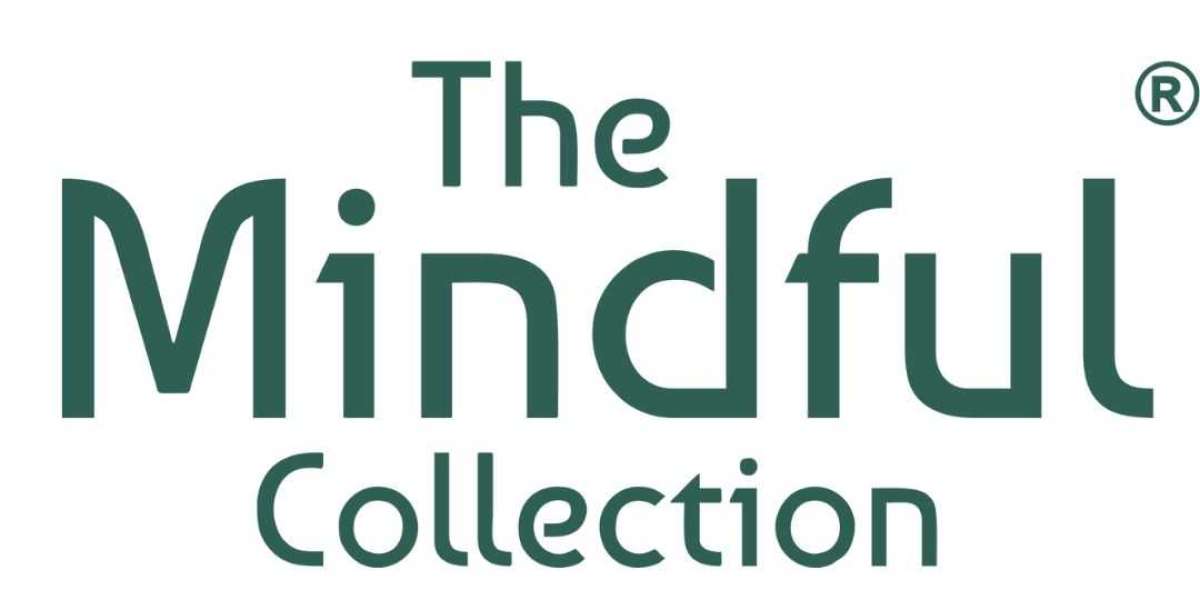Ask a knitter if they knit without stitch markers. The experienced ones would say it is rather unthinkable after all, they help with marking, reference and avoiding common knitting mistakes. Stitch markers are handy accessories that either sit on your knitting needles or hang on the project. You do not need a special technique to work with stitch markers. You simply place one on a knitting needle and will slip the marker from the left needle to the right. Make sure to not entangle it with working yarn.
Available in round shapes, split designs, and even lockable ones that look like safety pins. Whether you are knitting socks or blankets, stitch markers are used to mark rows, rounds, and specific areas of a project.
- Marking the beginning or end of a round - Knitting in the round means knitting seamlessly without edges. It’s tricky to tell when a round begins and ends, therefore you need to place a stitch marker to mark the point. This is important whether you knit with double-pointed needles or circulars.
- When following Charts - Knitting charts are like a map. The stitches are represented with symbols. While new knitters are often scared to follow the charts, advanced knitters often enjoy it. To make your knitting smoother, use a stitch marker to note the beginning and end of a color chart repeats. Even the lace knitting pattern repeats can be marked with stitch markers. Also, if something doesn’t look right, the markers can help you backtrack on the pattern. Stitch markers can be used to divide your work into manageable sections.
- Decrease or Increase in patterns - Some patterns instruct to count stitches before a decrease or increase. To not count the stitches every time, place a stitch marker that will let you know when it’s time to decrease or increase.
- To mark Cables and Other Special Stitches - When working on cables and other complex stitches, stitch markers are going to be your allies. Place a stitch marker every time you make the switch to the elaborate stitches. This way you can work smoothly till you get to the marker and pay attention to the chart.
- To Mark a Reference Point - In a knitting pattern, you might find an instruction to work a particular stitch for a certain point, stockinette stitch for 10cm (4″). It is difficult to measure the exact length, so instead of guessing, place a stitch marker and use a tape measure for the exact figure.
- To Mark Multiples of Stitches - When working a large number of stitches at a time, get help from stitch markers. Place a stitch marker every ten or twenty stitches, you will have the count. If this sounds bulky to you, work with a circular knitting needle with enough cable length to spread your stitches and see them clearly.
Given the many uses and benefits of stitch markers in knitting, it is recommended to use markers that you enjoy working with. The Mindful Collection is dedicated to the meditative aspects of knitting. Stainless steel materials, teal colours and mindful themes make this collection special. The stitch markers of the collection are pretty special too, they represent the seven ancient chakras. The very design assists you with the practice of knitting as a mindful habit. There is also a pack of teal stitch markers that comes in round, split and lockable designs. Available in diverse options for all needle sizes, stitch markers are a must in a knitter’s craft collection.
With stitch markers by your side enjoy knitting!
Source: https://ext-6117053.livejournal.com/742.html
 " class="wow_main_float_head_img">
" class="wow_main_float_head_img">







